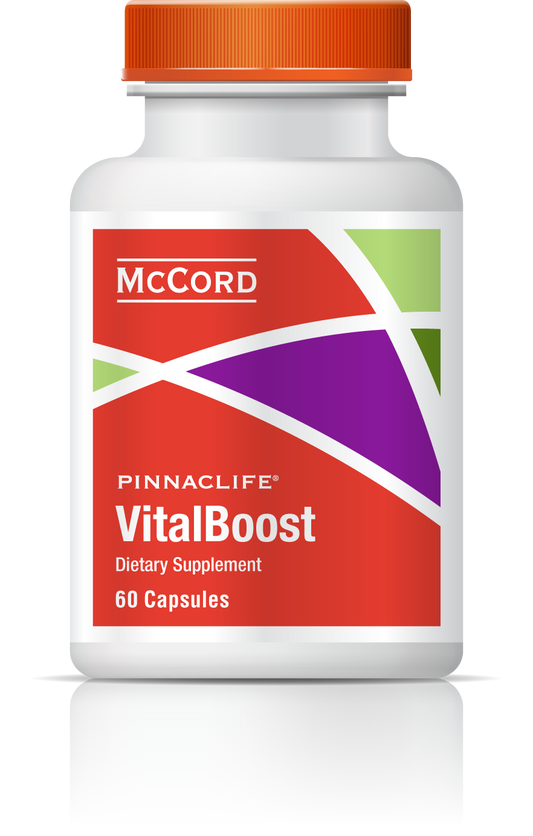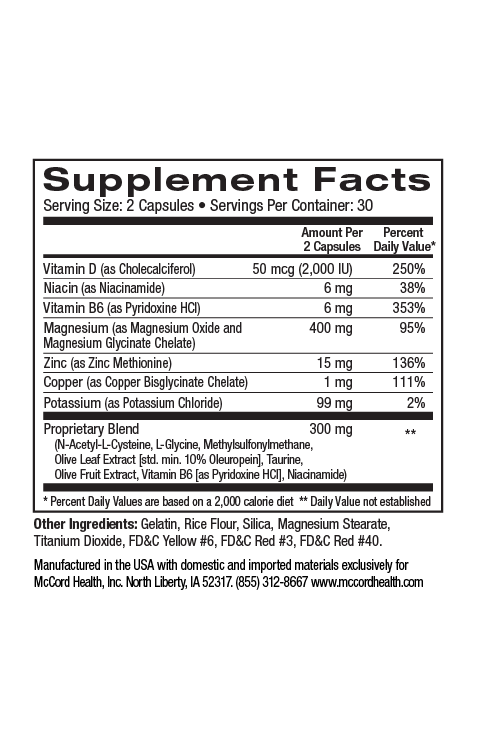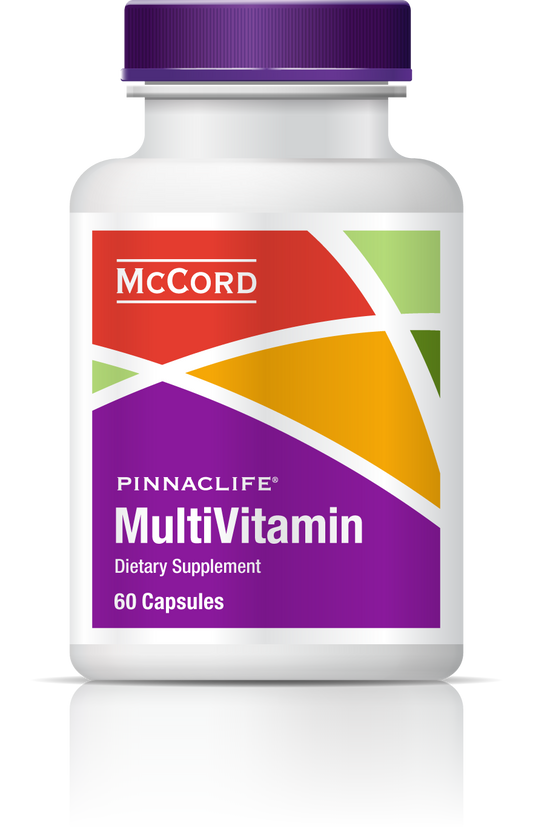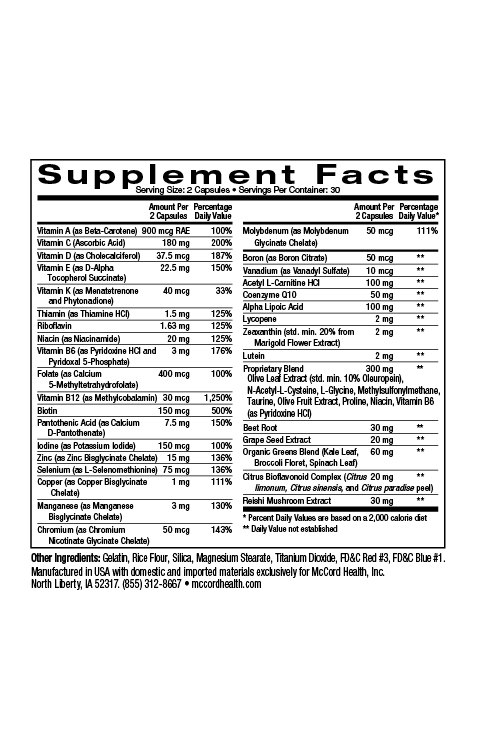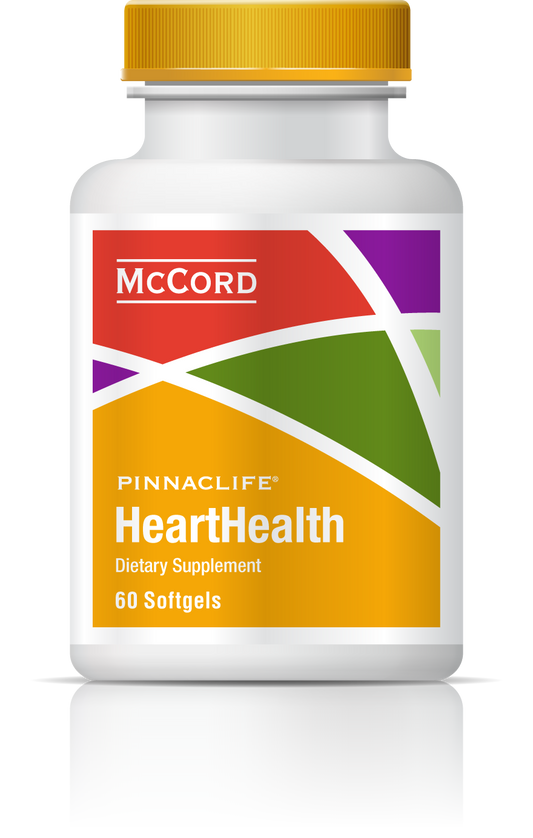Methylsulfonylmethane (MSM) is a small molecule containing sulfur that is important for the synthesis of cartilage found in joints. It promotes healthy levels of inflammation to help with joint discomfort that can inhibit mobility. Many studies have shown that MSM is safe even at high doses and has potential to increase joint health including in relation to physical function and the inhibition of cartilage degeneration. It has also been shown to reduce oxidative stress and may improve exercise recovery.
- Methylsulfonylmethane (MSM) is a compound that is found naturally in many foods as well as in our bodies
- MSM can improve joint cartilage formation
- The anti-inflammatory properties of MSM are important for joint health
- Many studies suggest that MSM can reduce joint discomfort
- The antioxidant activity of MSM can help reduce the cytotoxic effects of free radicals and may promote recovery from exercise associated with oxidative stress
Methylsulfonylmethane (MSM) is a sulfur-containing compound that occurs naturally in various fruits, vegetables, grains and meats as well as in the human body1. MSM is a precursor to the synthesis of two important sulfur-containing amino acids, methionine and cysteine2. In joints, the ends of bones are covered with cartilage, a protective tissue composed of collagen, water, and proteoglycans that reduces friction as the joint moves3. MSM is important for the biosynthesis of various structural and functional proteins including collagen4. In fact, MSM can improve cartilage formation5.
There are many reasons for joint pain including gout, bursitis, bacterial or viral infections, or arthritis such as rheumatoid arthritis or osteoarthritis. Joint pain is often a sign that a joint is inflamed, which can also happen following strenuous exercise when joint irritation or damage may occur. MSM is a powerful anti-inflammatory small molecule and important component of Proprietary Blend found in Pinnaclife® JointHealth. N-acetylcysteine (NAC), taurine and two potent olive polyphenols, hydroxytyrosol and oleuropein are other important components of Proprietary Blend that have powerful anti-inflammatory activities6-10. In addition, curcumin found in turmeric and JointHealth has important anti-inflammatory properties11.
MSM Helps Decrease Joint Pain
Studies have shown that MSM is safe even at high doses1,12. In a 30-day study involving a dose of 2600mg/day of MSM, no side effects were found. In addition, another high dose study with oral administration of MSM for 90 days revealed no adverse side effects12. MSM has been used clinically to treat many conditions including scleroderma, fibromyalgia, systemic lupus erythematosus (SLE), as well as repetitive stress injuries and arthritis1. In fact, it has been used extensively as a dietary supplement due to its potential to improve human health and reduce arthritic and rheumatic pain2.
Two studies found that patients with osteoarthritis of the knee who took MSM for 12 weeks experienced improvements in pain and physical function13,14. Another important study suggests that MSM supplementation attenuated exercise-induced joint pain at clinically relevant levels15. In fact, MSM has been shown to reduce peripheral pain, inflammation and arthritis and it may inhibit the cartilage degeneration that occurs in osteoarthritis16. In addition, an important study suggests that it is a potential therapeutic candidate for the treatment of disorders associated with bone loss including rheumatoid arthritis3.
Reducing Signaling Involved with Inflammation
MSM has been shown to reduce levels of inflammatory signaling molecules known as cytokines17. Inflammation is associated with oxidative stress that results from the inability of cells to eliminate free radicals known as reactive oxygen species (ROS) using the natural antioxidant defense system that includes glutathione and defense enzymes such as superoxide dismutase (SOD). Mitochondria are the powerhouses of cells that produce free radicals during energy metabolism18. Sulfur compounds including MSM are effective free radical scavengers and it has been suggested that MSM may neutralize the cytotoxic effects of ROS even within mitochondria2.
Many powerful antioxidant small molecules are found in Proprietary Blend including hydroxytyrosol, oleuropein, MSM, NAC and taurine19-23. Importantly, hydroxytyrosol, MSM and NAC have been shown to increase levels of glutathione21,24,25 and hydroxytyrosol, oleuropein and NAC can increase the activity of manganese SOD (MnSOD)26-28. Moreover, supplementation of MSM has resulted in reduced levels of multiple oxidative stress markers11. Another important study suggests that it may favorably influence markers of exercise recovery29.
JointHealth with Proprietary Blend http://www.olivamine.com includes many beneficial ingredients like MSM that have powerful antioxidant and anti-inflammatory activities. JointHealth provides a remedy that helps manage joint irritation and soreness to promote healthy activities, overall health and well-being. JointHealth includes impeccably sourced ingredients that have undergone rigorous scientific review to prove we renew, restore and repair cells.
References
- Altern Med Rev 2003; 8(4): 438-441.
- Cytokine 2015; 71: 223-231.
- Sports Health 2009; 1(6): 461-468.
- PLOS One 2016; 11(7): e0159891, 1-12.
- Altern Med Rev 2002; 7(1): 22-44.
- Planta Med 2011; 77: 1890-1897.
- Int J Mol Sci 2014; 15: 18508-18524.
- World J Diabetes 2014; 5: 697-710.
- Biol Pharm Bull 2009; 32: 651-656.
- Amino Acids 1996; 10: 59-71.
- Foods 2017; 6: 92: 1-11.
- J Pharm Pharmacol 2011; 63: 1290-1294.
- BMC Compl Altern Med 2011; 11:50:1-9.
- Osteoarthritis Cartilage 2006; 14: 286-294.
- J Int Soc Sports Nutr 2017; 14: 24: 1-11.
- PLOS One 2012; 7(10); e47477, 1-13.
- J Sports Med 2016; 2016; ID 7498359, 1-9.
- Curr Neurophamacol 2009; 7: 65-74.
- J Agric Food Chem 2011; 59: 4473-4482.
- Sci Pharm 2010; 78: 133-154.
- Amino Acids 2004; 26: 203-207.
- Nutrients 2017; 9(3): 290:1-21.
- Life Sci 2015; 121: 110-116.
- Eur J Pharmacol 2017; 811: 240-248.
- Front Genet 2018; 9: 388: 1-5.
- Age 2012; 34: 95-109.
- J Biol Regul Homeost Agents 2014; 28: 105-116.
- Cancer Res 2007; 67: 6392-6399.
- J Int Soc Sports Nutr 2012; 12: 46: 1-11.

